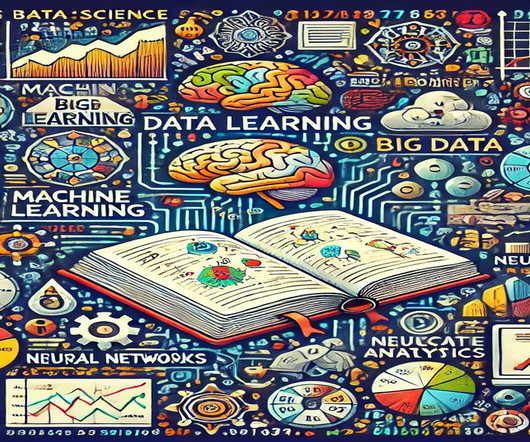K-Nearest Neighbor (KNN) algorithm
Dataconomy
MAY 6, 2025
The K-Nearest Neighbor (KNN) algorithm is an intriguing method in the realm of supervised learning, celebrated for its simplicity and intuitive approach to predicting outcomes. Often employed for both classification and regression tasks, KNN leverages the proximity of data points to derive insights and make decisions.











Let's personalize your content